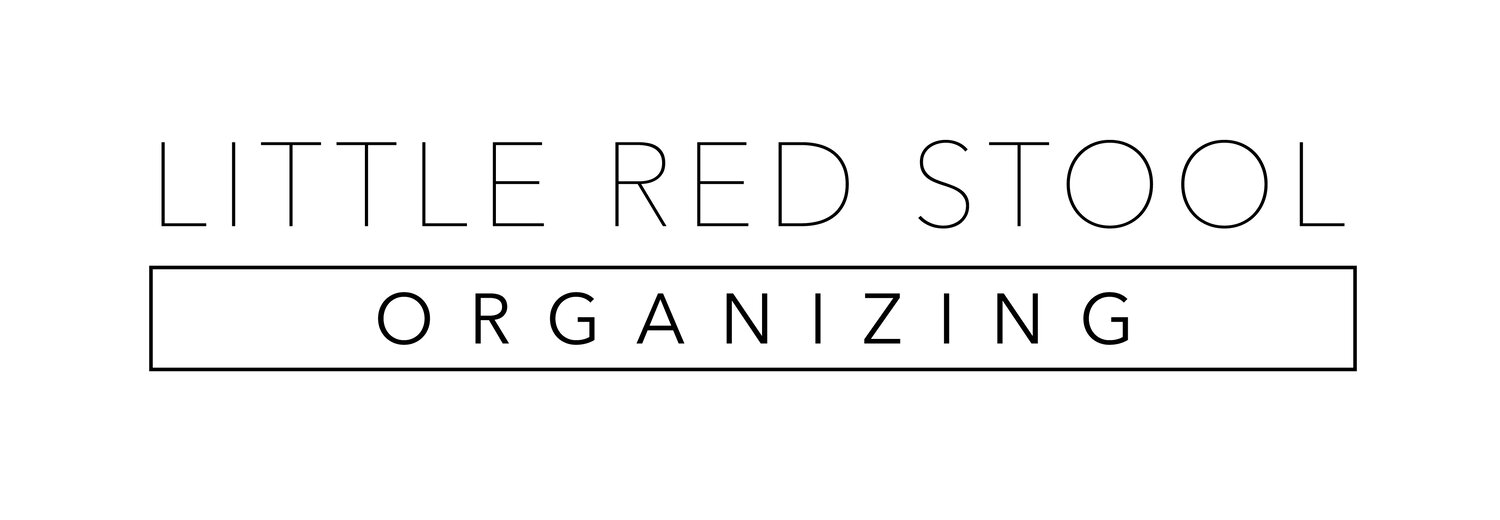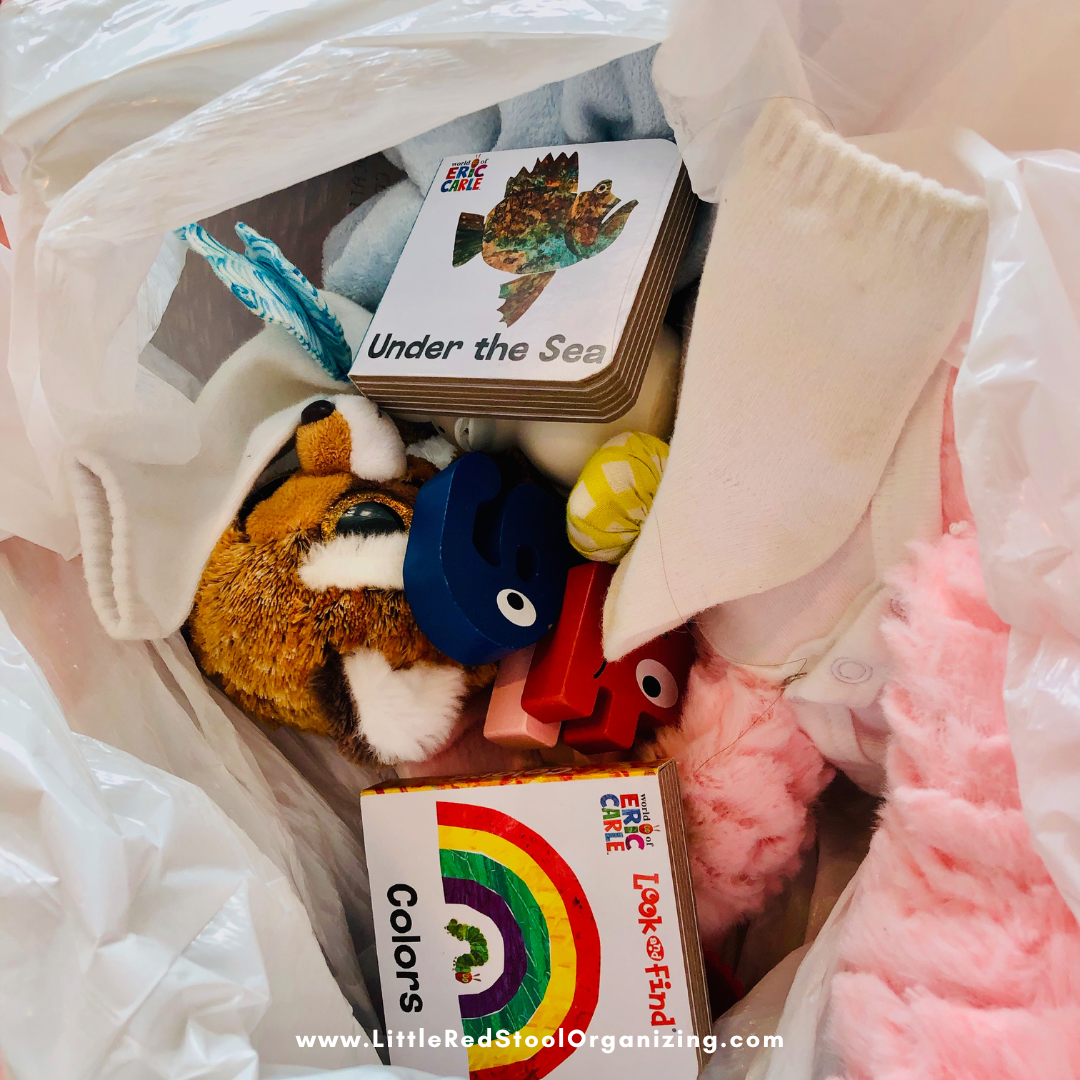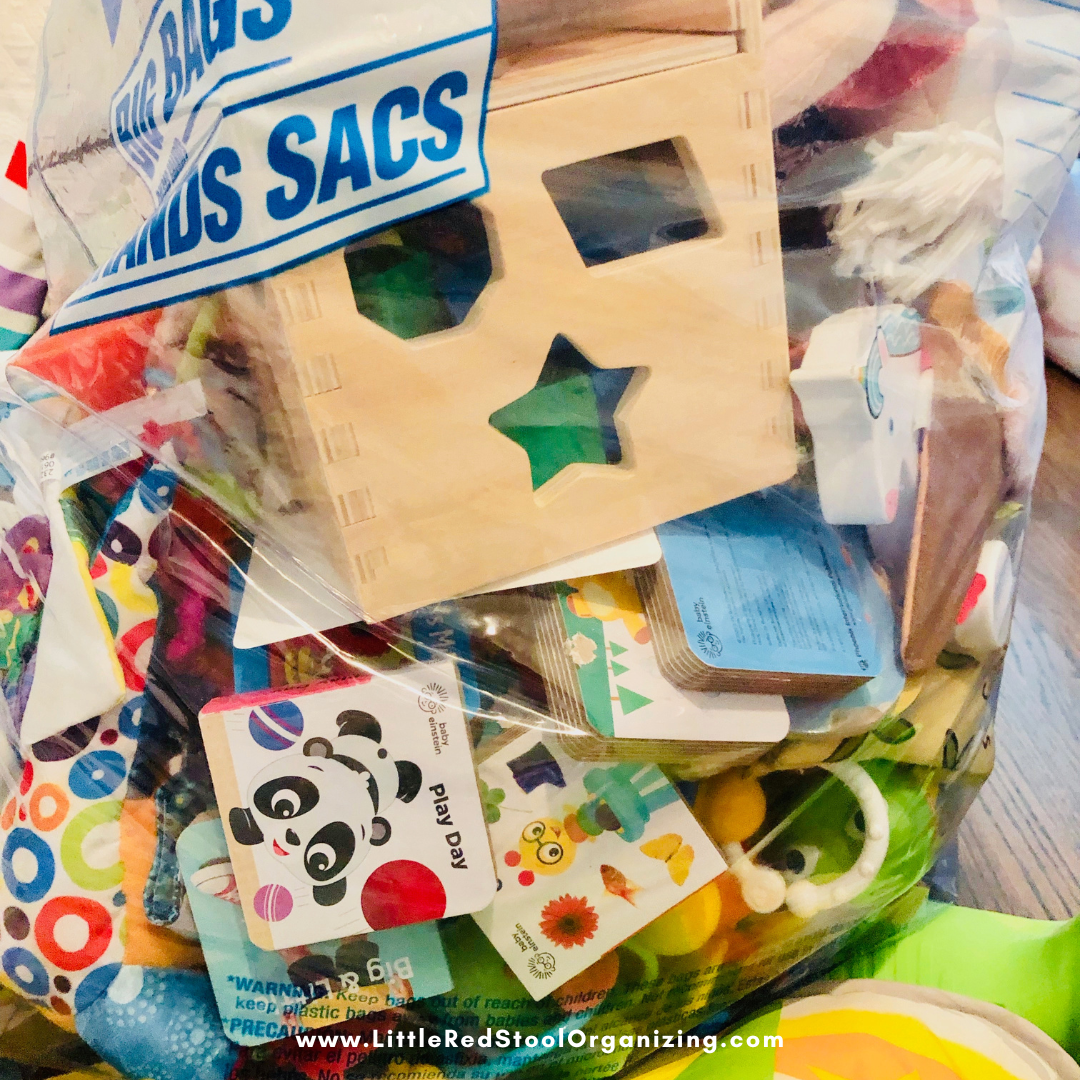Why Side-by-Side
I frequently get inquiries asking if I will come in and organize a space or home for someone. I always politely and simply explain why I don’t work on someone’s behalf but only with that person. In this article I explain in a little more detail.
Every person is different. It’s hard for us to understand this because we live in our own lives. Most of our preferences and ways of doing things seem normal and even the way most people do things. We may even be so consumed with the way we live that we think everyone has the same preferences. Sure, we understand that not everyone likes peanut butter and banana sandwiches but you may also think, “I live in the South where everyone loves sweet tea” simply because you and your whole family love sweet tea. When in fact there are plenty of people who live in the South and do not like sweet tea.
For this reason, I have found that working side-by-side with the person whose belongings we are going through is the most efficient and sustainable way to work through things. The biggest reasons are possessions and systems. In this article I’ll address possessions, the physical items in the home. In another article I will address systems, how those physical items are used within the home.
Possessions: the physical items in the home.
In the same way that we may think others think the same way that we do, we also tend to think that people can read our minds. This is never true. Even the people who know you best are just making their best guess with the information they have gathered through the time you’ve known each other. Introduce someone you’ve never met like, say, a professional organizer? Well, the chances of that person being able to know what you are thinking are close to absolute-zero.
Possessions: I can’t possibly know what you want to keep and what you want to let go of without your direct input.
Here are some concrete examples and real-case scenarios.
Tiny board books (photo above). I thought she was keeping them all but then noticed she was putting some in the donation bag. Then I thought, oh, she’s not keeping this kind of tiny board book but then noticed she was donating some similar to ones she had kept and keeping some similar to ones she had donated. And I thought to myself, this is why I work side-by-side with my clients. There was no way for me to know what she wanted to keep and what she wanted to let go of. When I talked with her about it later, she said, “yeah, I just kind of know which ones I’m tired of reading.”
That old baseball that is looking worse for the wear? Left to my own devices, I would toss it. Working with you I hear a beautiful story of how that baseball was the last thing your grandfather gave you and you would like to keep that as a memento.
That drawer of kitschy promo pens? Looks like junk in my eyes. Working with you, I hear that those are actually the only kind of pens you like to write with.
10 of the exact same shirt? Too many duplicates to keep up with. Working with you, I understand that you only do laundry every two weeks and you have to wear that shirt to your job.
And that’s just the stuff. Which is just the decluttering part. What happens when we move to the actual organizing, where things will live in your home? That’s when we get down to systems. I’ll address that the next article.


